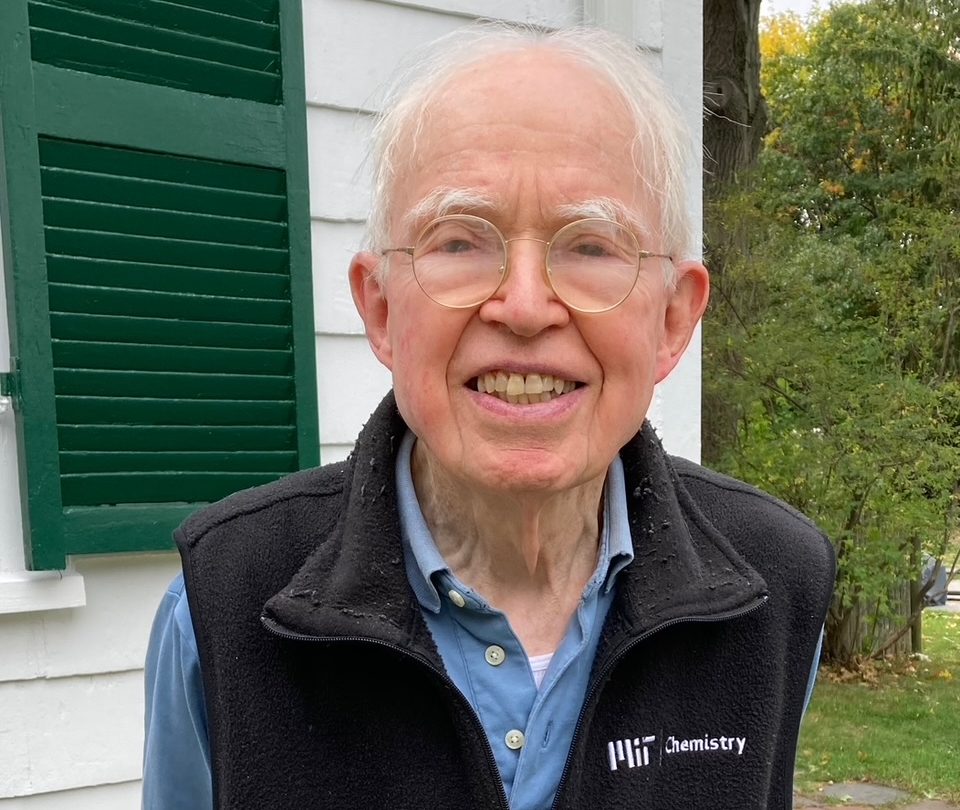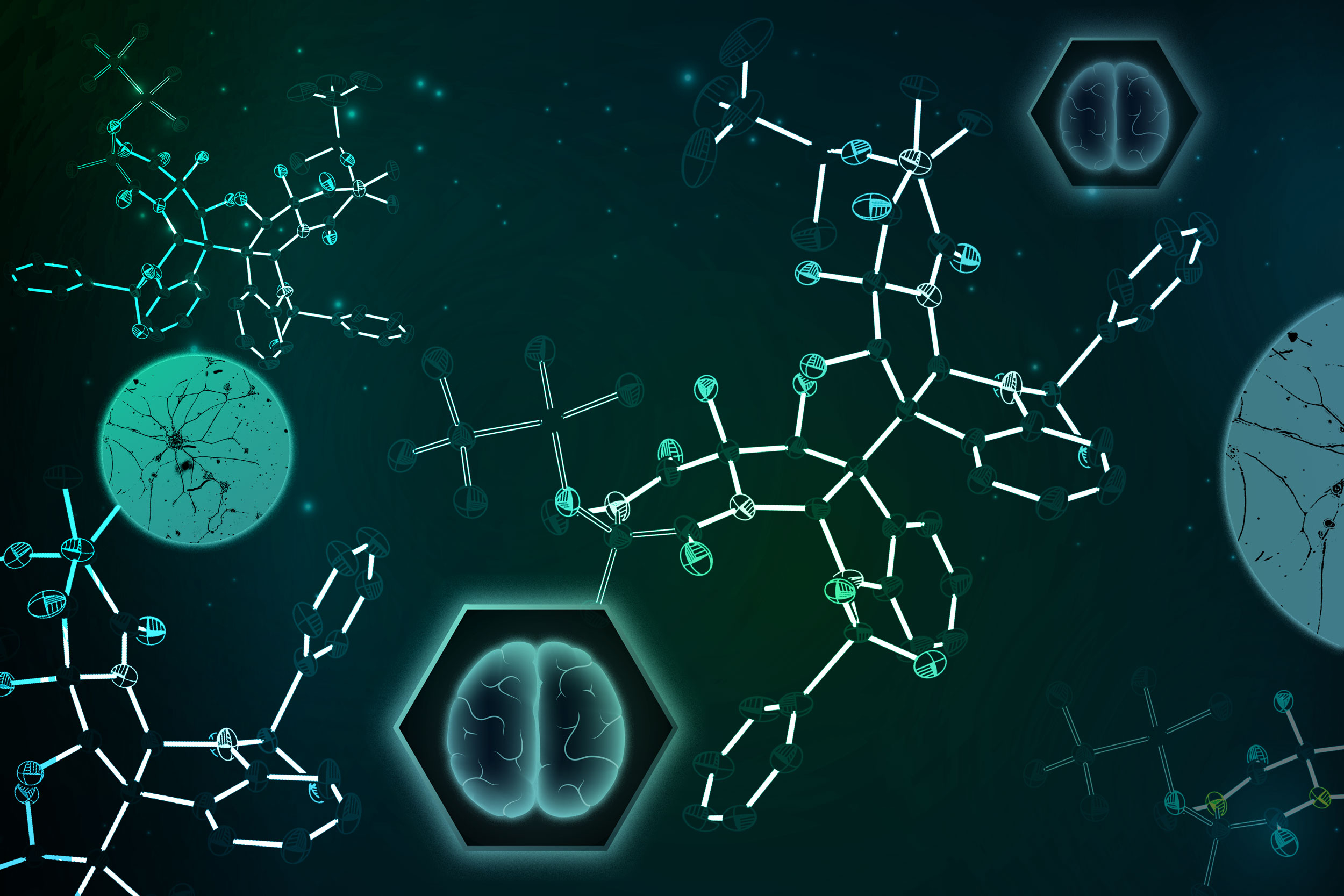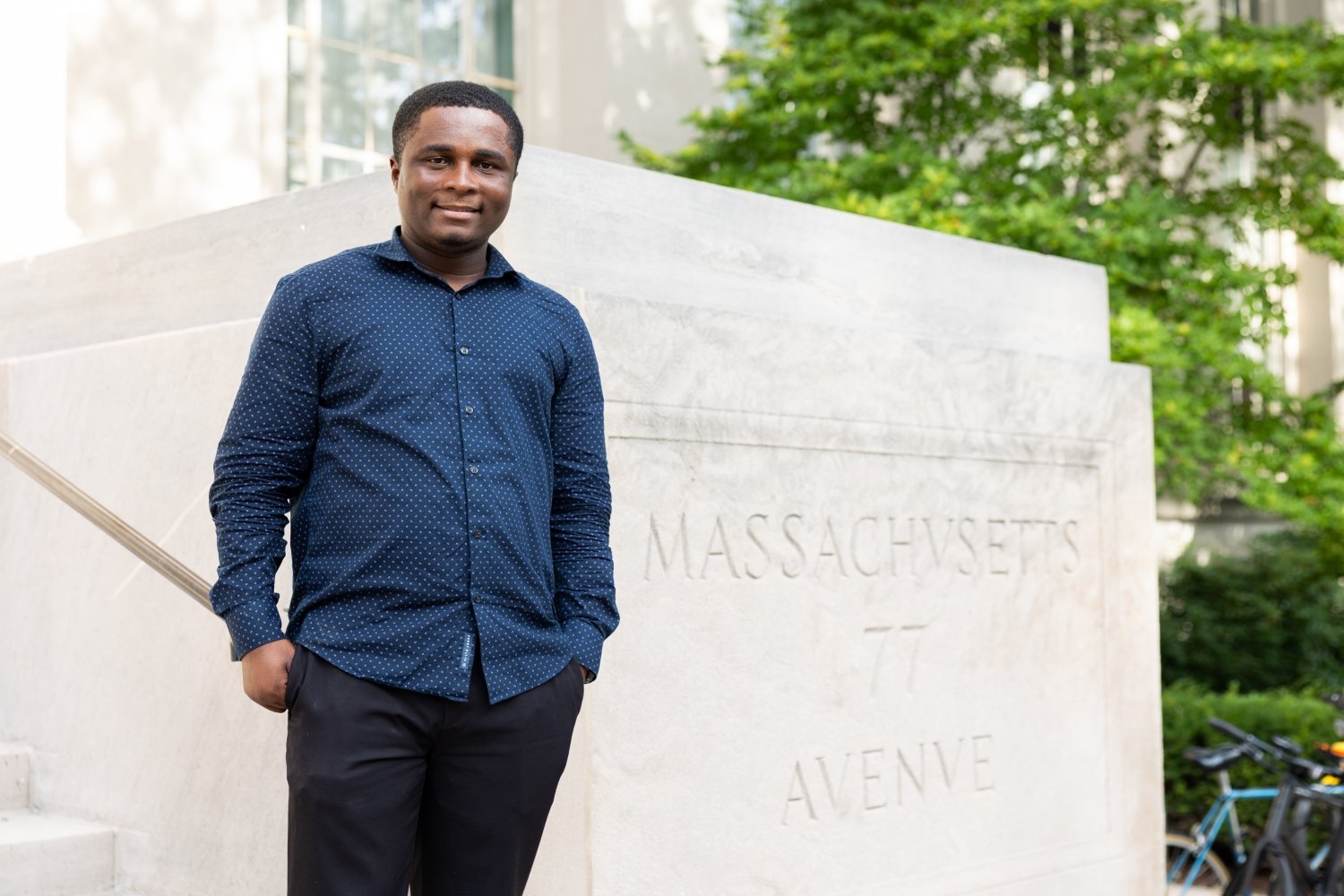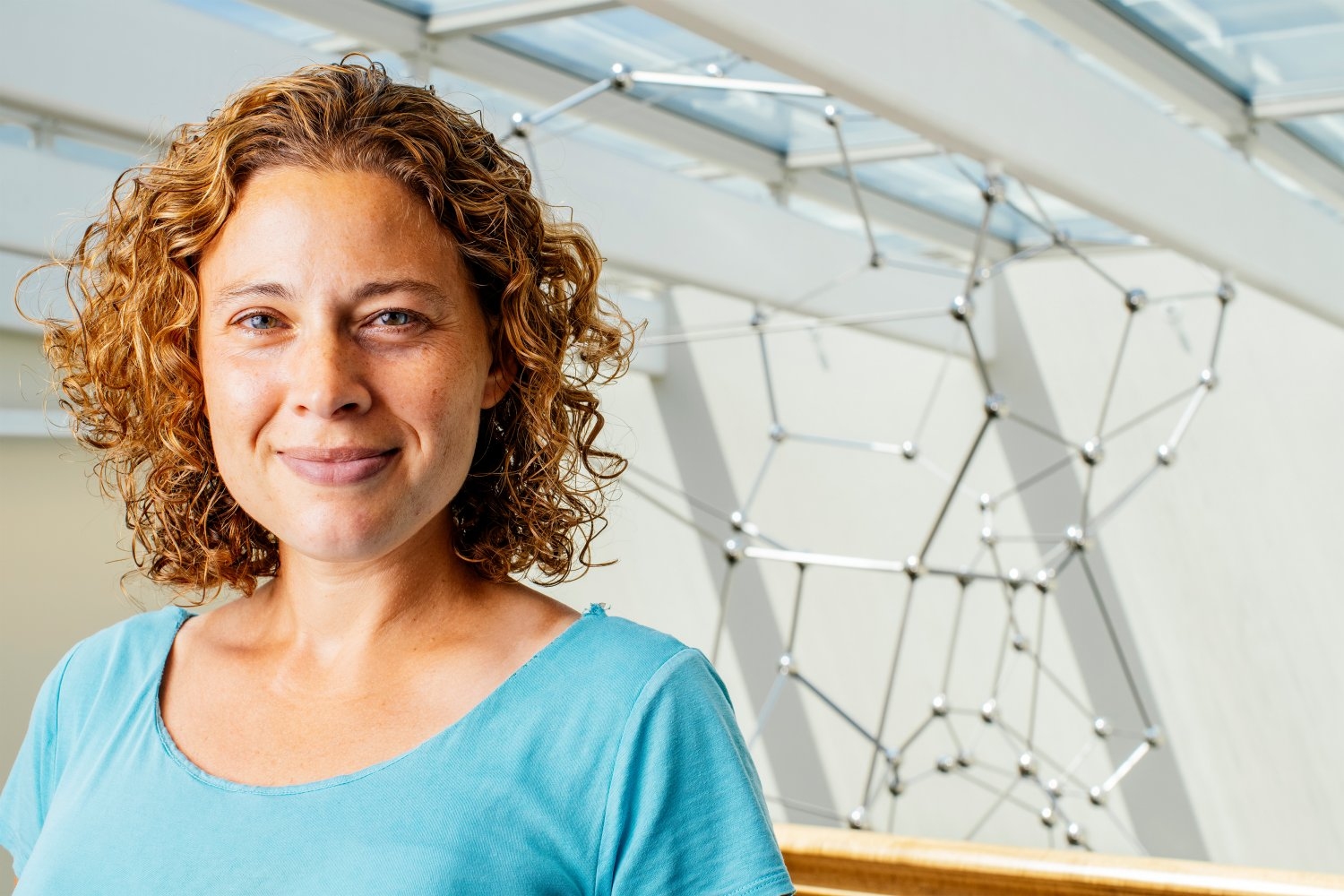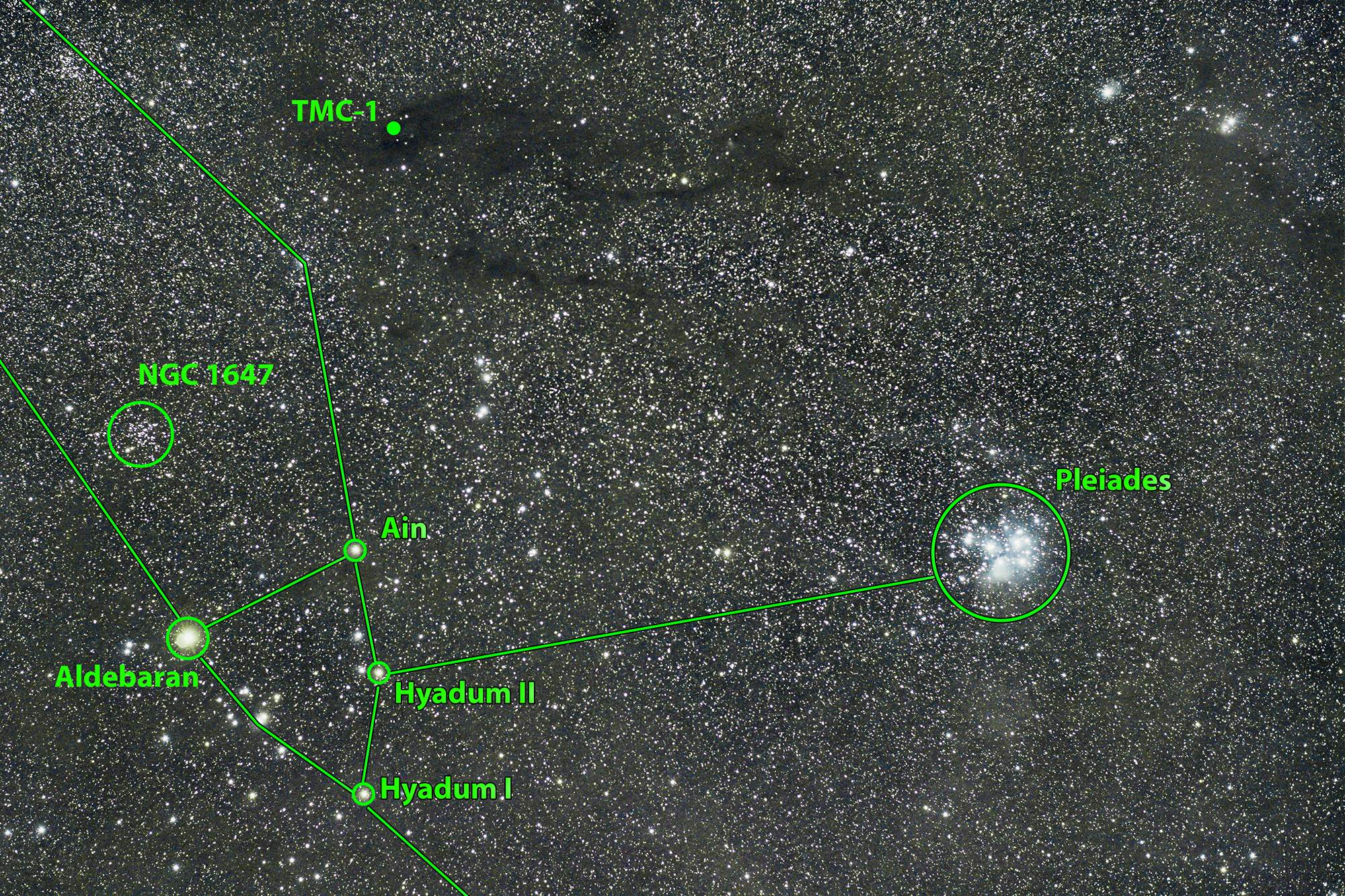Frederick D. Greene, professor emeritus of Chemistry, dies at 97
Physical organic chemist and MIT professor for over 40 years celebrated for his lasting impact on generations of chemists.
Frederick Davis Greene II (Fred), professor emeritus in the Department of Chemistry and accomplished in the field of physical organic chemistry and free radicals, passed away peacefully after a brief illness, surrounded by his family, on Saturday, March 22, 2025. He had been a member of the MIT community for over 70 years.
“Greene’s dedication to teaching, mentorship, and the field of physical organic chemistry is notable,” said Professor Troy Van Voorhis, head of the Department of Chemistry, upon learning of Greene’s passing. “He was also a constant source of joy to those who interacted with him and his commitment to students and education was legendary. He will be sorely missed.”
Greene, a native of Glen Ridge, N.J., was born on July 7, 1927 to parents Phillips Foster Greene and Ruth Altman Greene. He spent his early years in China where his father was a medical missionary with Yale-In-China. Greene and his family moved to the Philippines just ahead of the Japanese invasion prior to World War Il, and then back to the French Concession of Shanghai and to the US in 1940. He joined the Navy in December of 1944 and afterwards earned his Bachelor’s degree from Amherst College in 1949 and a PhD from Harvard University in 1952. Following a year at the University of California, Los Angeles as a research associate, he was appointed a Professor of Chemistry at MIT by then Department Head Arthur C. Cope in 1953 and retired in 1995.
Greene was elected to the American Academy of Arts and Sciences in 1965 and received an honorary Doctorate from Amherst College for his research in free radicals. He served as Editor-in-Chief of the Journal of Organic Chemistry of the American Chemical Society from 1962-1988. He was awarded a Special Fellowship form the National Science Foundation and spent a year at Cambridge University, Cambridge, England, and was a member of the Chemical Society of London.
Greene’s research focused on peroxide decompositions and free radical chemistry, and he reported the remarkable bimolecular reaction between certain diacyl peroxides and electron-rich olefins and aromatics. He was also interested in small-ring heterocycles, e.g., the three-membered ring 2,3-diaziridinones. His research also covered strained olefins, the Greene-Viavattene diene, and 9, 9′, 10, 10′-tetradehydrodianthracene.
Greene and Professor James Moore (University of Philadelphia) worked closely with Greene’s wife, Theodora W. Greene (Theo), in the conversion of her PhD thesis (Professor Elias J Corey, Harvard University) into her book Greene’s Protective Groups in Organic Synthesis, now in its 5th edition, an indispensable reference for any practicing synthetic organic or medicinal chemist. Theo was a tremendous partner to Greene, both personally and professionally. A careful researcher in her own right, she served as Associate Editor of the Journal of Organic Chemistry for many years. She predeceased him in July of 2005.
Greene was recently featured in a series of videos featuring Professor Emeritus Dietmar Seyferth (who passed away in 2020), spearheaded by Professor Rick Danheiser. A Video History of the MIT Chemistry Department covers a range of topics, including Seyferth and Greene’s memories during the 1950s to mid-1970s of their fellow faculty members, how they came to be hired, the construction of various lab spaces, developments in teaching and research, the evolution of the department’s graduate program, and much more. The series is available to watch on the Department of Chemistry’s YouTube Channel.
Professor Danheiser noted it was a privilege to share responsibility for the advanced undergraduate organic chemistry class (Chemistry 5.43) with Greene. Danheiser recalls, “Fred Greene was a fantastic teacher and inspired several generations of MIT undergraduate and graduate students with his superb lectures.” The course they shared was Professor Danheiser’s first teaching assignment at MIT and he stated that Greene’s “counsel and mentoring was invaluable to me.”
The Department of Chemistry recognized Greene’s contributions to its academic program by naming the annual student teaching award the “Frederick D. Greene Teaching Award.” This award recognizes outstanding contributions in teaching in chemistry by undergraduates. Since 1993 the award has been given to 46 students.
Dabney White Dixon (PhD ‘76) was one of many students with whom Greene formed a lifelong friendship and mentorship. Dixon shares, “Fred Greene was an outstanding scientist—intelligent, ethical, and compassionate in every aspect of his life. He possessed an exceptional breadth of knowledge in organic chemistry, particularly in mechanistic organic chemistry, as evidenced by his long tenure as editor of the Journal of Organic Chemistry (1962 to 1988). Weekly, large numbers of manuscripts flowed through his office. He had an acute sense of fairness in evaluating submissions and was helpful to those submitting manuscripts. His ability to navigate conflicting scientific viewpoints was especially evident during the heated debates over non-classical carbonium ions in the 1970s.
Perhaps Fred’s greatest contribution to science was his mentorship. At a time when women were rare in chemistry PhD programs, Fred’s mentorship was particularly meaningful. I was the first woman in my scientific genealogical lineage to study chemistry, and his guidance gave me the confidence to overcome challenges. He and Theo provided a supportive and joyful environment, helping me forge a career in academia where I have since mentored 13 PhD students—an even mix of men and women—a testament to the social progress in science that Fred helped foster.
Fred’s meticulous attention to detail was legendary. He insisted that every new molecule be fully characterized spectroscopically before he would examine the data. Through this, his students learned the importance of thoroughness, accuracy, and organization. He was also an exceptional judge of character, entrusting students with as much responsibility as they could handle. His honesty was unwavering—he openly acknowledged mistakes, setting a powerful example for his students.
Shortly before the pandemic, I had the privilege of meeting Fred with two of his scientific ‘granddaughters’—Elizabeth Draganova, then a postdoc at Tufts (now an assistant professor at Emory), and Cyrianne Keutcha, then a graduate student at Harvard (now a postdoc at Yale). As we discussed our work, it was striking how much science had evolved—from IR and NMR of small-ring heterocycles to surface plasmon resonance and cryo-electron microscopy of large biochemical systems. Yet, Fred’s intellectual curiosity remained as sharp as ever. His commitment to excellence, attention to detail, and passion for uncovering chemical mechanisms lived on in his scientific descendants.
He leaves a scientific legacy of chemists who internalized his lessons on integrity, kindness, and rigorous analysis, carrying them forward to their own students and research. His impact on the field of chemistry—and on the lives of those fortunate enough to have known him—will endure.”
Carl Renner (PhD ’74) felt fortunate and privileged to be a doctoral student in the Greene group from 1969 to 1973 and also his teaching assistant for his 5.43 course. Renner recalls, “He possessed a curious mind of remarkable clarity and discipline. He prepared his lectures meticulously and loved his students. He was extremely generous with his time and knowledge. I never heard him complain or say anything unkind. Everyone he encountered came away better for it.”
Gary Breton (PhD ’91) credits the development of his interest in physical organic chemistry to his time spent in Greene’s class. “During my time in the graduate chemistry program at MIT (1987-1991) I had the privilege of learning from some of the world’s greatest minds in chemistry including Dr. Fred Greene. At that time, all incoming graduate students in organic chemistry were assigned in small groups to a seminar type course that met each week to work on the elucidation of reaction mechanisms, and I was assigned to Dr. Greene’s class. It was here that not only did Dr. Greene afford me a confidence in how to approach reaction mechanisms, but he also ignited my fascination with physical organic chemistry. I was only too happy to join his research group, and begin a love/hate relationship with reactive nitrogen-containing heterocycles that continues to this day in my own research lab as a chemistry professor.
Anyone that knew Dr. Greene quickly recognized that he was highly intelligent and exceptionally knowledgeable about all things organic, but under his mentorship I also saw his creativity and cleverness. Beyond that, and even more importantly, I witnessed his kindness and generosity, and his subtle sense of humor. Dr. Greene’s enduring legacy is the large number of undergraduate students, graduate students, and postdocs whose lives he touched over his many years. He will be greatly missed.”
John Dolhun (PhD ‘73), recalls Greene’s love for learning and that he “was one of the kindest persons that I have known.” John shared, “I met Fred Greene when I was a graduate student. His Organic Chemistry course was one of the most popular, and he was a top choice for many students’ thesis committees. When I returned to MIT in 2008 and reconnected with him, he was still endlessly curious—always learning, asking questions. A few years ago, he visited me and we had lunch. Back at the chemistry building, I reached for the elevator button and he said, ‘I always walk up the five flights of stairs.’ So, I walked up with him. Fred knew how to keep both mind and body in shape. He was truly a beacon of light in the department.”
Liz McGrath, retired Chemistry staff member, warmly recalls the regular coffees and conversations she shared with Fred over two decades at the Institute. She shares, “Fred, who was already emeritus by the time of my arrival, imparted to me a deep interest in the history of MIT Chemistry’s events and colourful [sic] faculty. He had a phenomenal memory, which made his telling of the history so rich in its content. He was a true gentleman and sweet and kind to boot . . . I will remember him with much fondness.”
Greene is survived by his children Alan, Carol, Elizabeth and Phillips, nine grandchildren, and six great grandchildren. A memorial service will be held on April 5, 2025 at 11:00am at the First Congregational Church in Winchester, MA.

